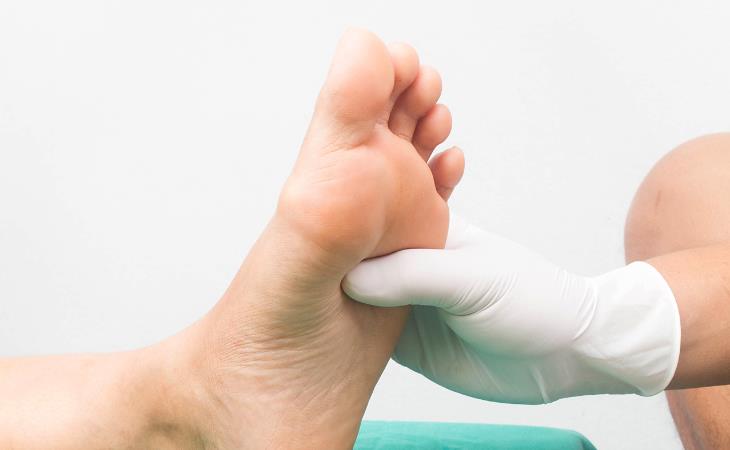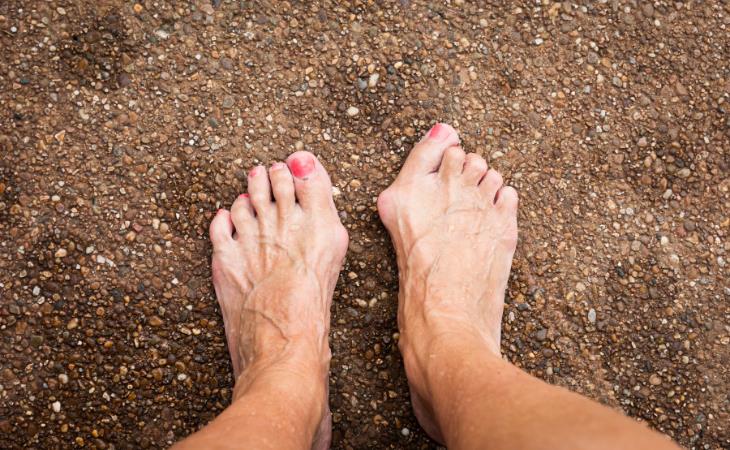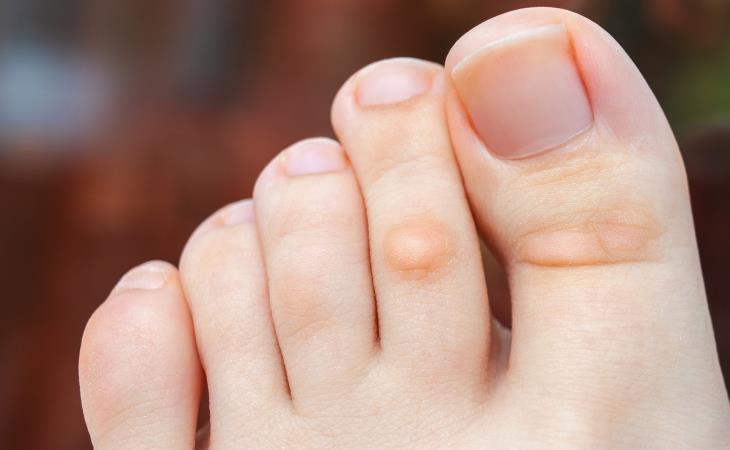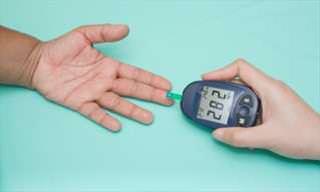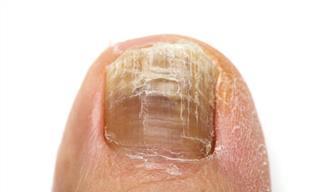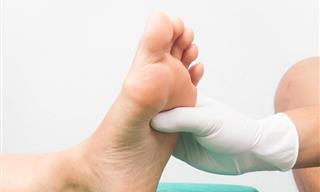Having occasionally high levels of sugar in the blood after a particularly sweet snack is fine, but when your blood sugar levels are chronically high, you’re at risk for nerve damage. This is called diabetic neuropathy, a condition in which the nerves in your legs and feet are damaged, thus preventing you from feeling heat, cold, or pain.
Though at first, this may sound like a dream, if you don’t feel a cut or a sore on your leg, it may become infected. Over time, muscles will be damaged, causing foot deformities.
Peripheral vascular disease
With diabetes, the blood flow is often not optimal. This means that all of the tissues and cells in the body do not get enough nourishment. Sores, cuts, and wounds will take much longer than usual to heal, creating an opening for infection, ulcers, or gangrene – the death of a tissue due to lack of blood and oxygen.
Diabetic foot ulcers
Recurring foot ulcers are a sign of untreated or undiagnosed diabetes. These are deep wounds that cause swelling, irritation, redness, and even unusual odors. There may also be black tissues and partial or complete gangrene. On the other hand, a foot ulcer may not show any symptoms if it is not infected. Consult your doctor if you see any unusual skin discoloration. Severe, untreated cases may lead to amputation.
General foot symptoms
The three conditions discussed above are purely caused by diabetes. The following food-related issues may affect everyone and anyone but should be given special attention if there is a known background of diabetes, as they can complicate and worsen radically fast. As a general rule, it is recommended for every diabetic patient to examine their feet daily.
Fungal infections
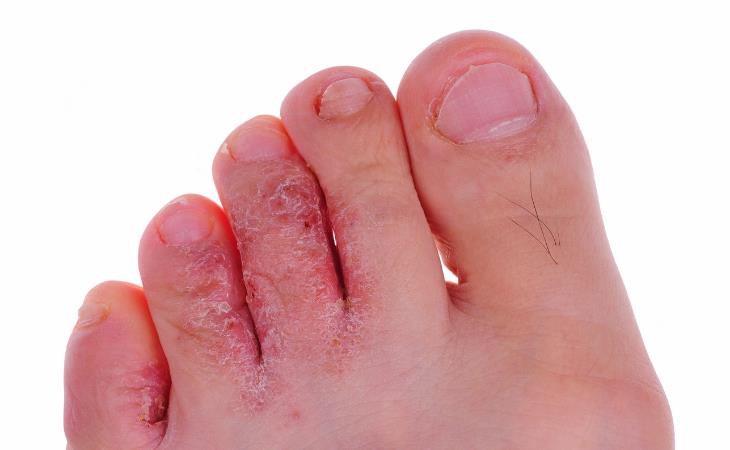 A fungus may affect either the nails or the skin. A fungal nail will change in color and texture. It is usually treated with a topical ointment, a treatment which usually takes up to a year.
A fungus may affect either the nails or the skin. A fungal nail will change in color and texture. It is usually treated with a topical ointment, a treatment which usually takes up to a year.
A fungal skin infection on the foot is commonly referred to as "athlete's foot." It may lead to itching, redness, and cracking of the skin, and it is highly contagious. If you experienced a fungal infection in your feet recently, consider taking some tests to assess your blood sugar levels.
Bunions and hammertoes
A bunion is a condition in which the big toe starts bending inwards toward your second toe. It can be caused by wearing ill-fitting shoes, rheumatoid arthritis, old age, or genetics. As a treatment, your doctor may recommend wearing a splint at night to hold the tail straight. You can treat the pain at home with an ice pack and wear padded shoes. The best way to prevent a bunion is to remain active.
Hammertoes, on the other hand, are caused by weakened muscles. This can be directly linked to poor blood circulation due to diabetes.
Calluses and corns
Calluses and corns are usually caused by friction. It is a buildup of hardened skin in different areas of the foot - corns form on the toe joints, whereas corns are more likely to appear at the bottom of your feet. Both are usually caused by an uneven distribution of weight or poorly fitting shoes. They can be removed after soaking your feet in warm water and gently rubbing the dead skin off.
However, they may be a sign of foot deformities caused by diabetes. Nerve damage caused by diabetes can lead to weakened muscles that will eventually result in sores, blisters, redness, calluses and corns, and even bunions and hammertoes. Check in with your doctor if you frequently experience corns and calluses accompanied by tingling sensations or numbness.
Sources: 1, 2, 3.
 Go to BabaMail
Go to BabaMail


